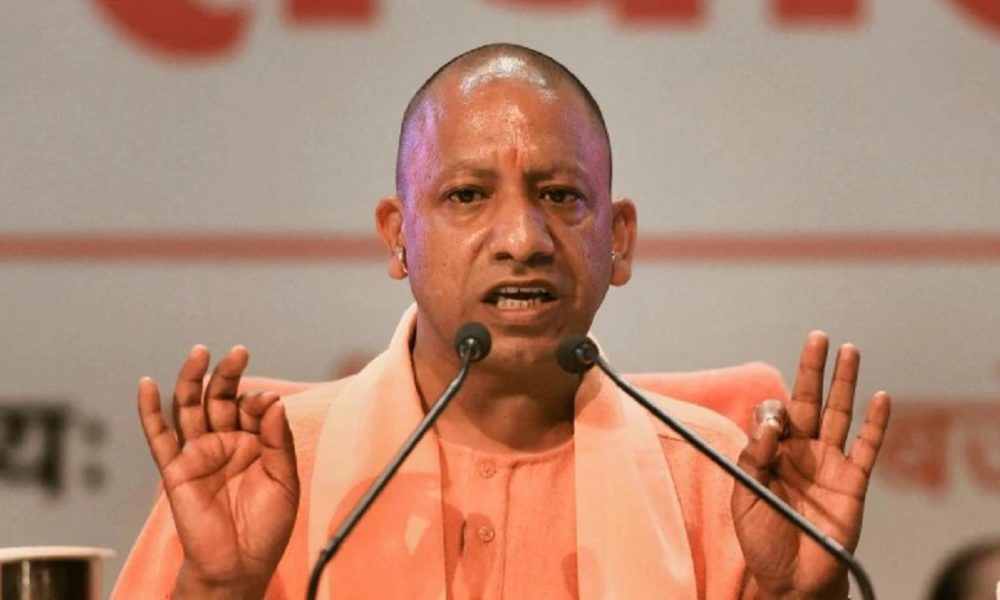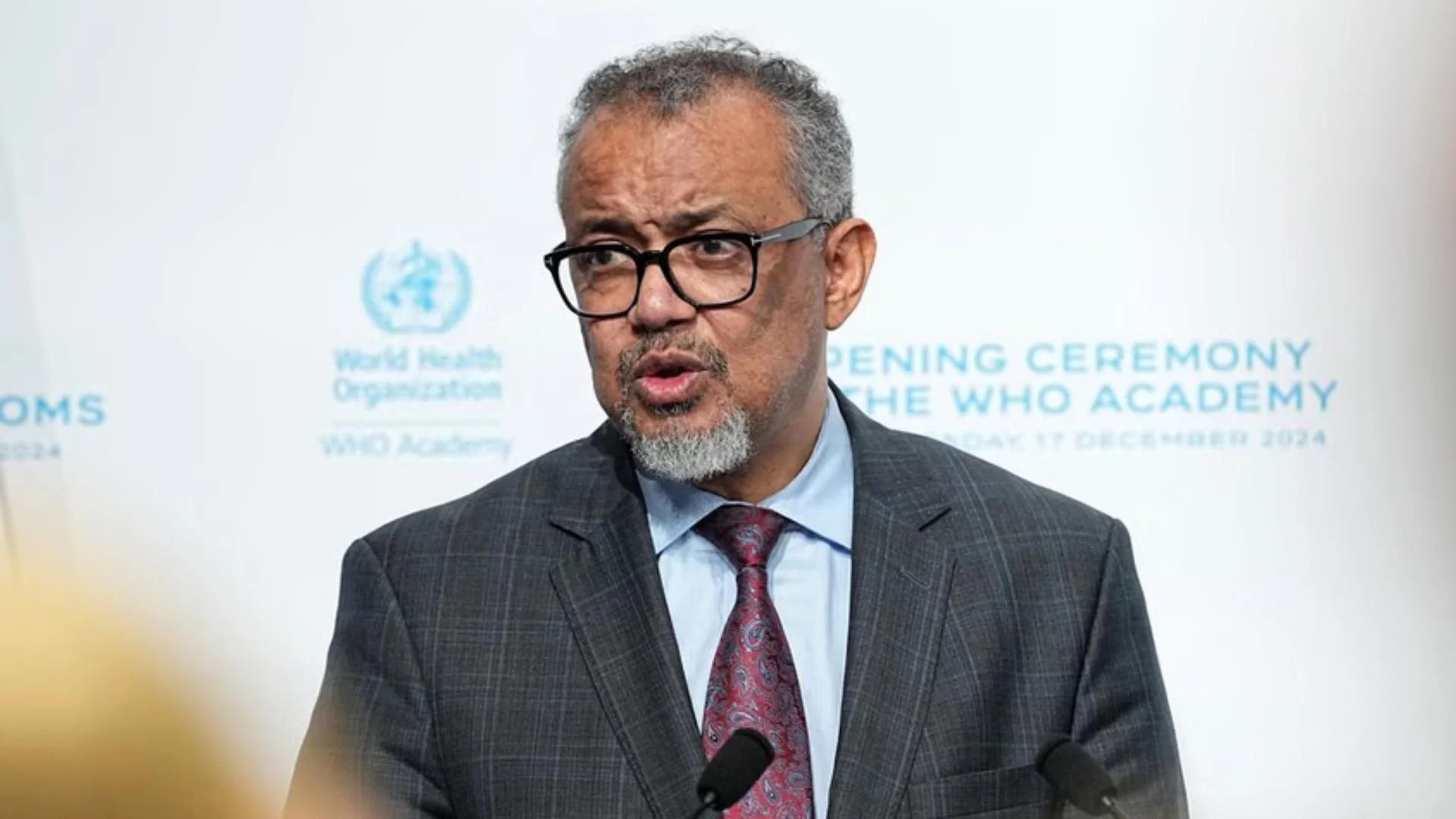The Uttar Pradesh government aims to establish India’s biggest film city in the state. The development may have taken place because of the spike in the shooting of various films and web series at different locations in Uttar Pradesh.
The ‘Dedicated Infotainment Zone’ is to be set up in Gautam Buddha Nagar. The chosen site of 1,000 acres to be developed as ‘Film City’ has a very strategic location. It is located in close proximity to Delhi and the proposed international airport at Jewar. The city of Agra, the birth place of Lord Krishna, Mathura, the proposed logistic hub near Noida and the proposed dry and freight corridor are situated or to be built in close proximity to the proposed site. The idea to develop a financial hub in the vicinity of the proposed film city will also be a welcome move.
At present, there is a prevalence of many regional film industries in the country. The Telugu film industry, the Tamil film industry, the Hindi film industry, etc, have specific regional locations. This gives them the advantage of catering to regionspecific demands. However, the need of the hour is one big ‘Indian’ film industry which caters to the needs of the various dimensions associated with the film industry. Economically, this will be more viable and sustainable. The economies of scale will help in reducing the cost of filmmaking. Having all the facilities — from production to advertisement, animation and dubbing — at one location gives a cost benefit to the makers of a film.
Moreover, the movies in regional languages which are dubbed in Hindi and other languages don’t get the needed recognition in the country when compared to Hollywood movies dubbed in Hindi (and other regional languages). This may be due to poor dubbing and the high cost involved. Some popular regional movies are not even dubbed due to a cost disadvantage and the needed marketing. Hopefully, the facilities located at one place like the film city will reduce the high cost.
Experts are of the opinion that setting up the largest film industry in Uttar Pradesh would also democratise the film industry. The dominance of a specific group of people and location in certain parts of the country has posed many hindrances to the people of small cities. The new film city may also add new dimensions like the production of web series. It can be the Indian Premier League (IPL) of the film industry, giving a platform to young and budding talents. Moreover, the state of Uttar Pradesh has sizeable human resources which can be utilised in the film projects. This will generate employment opportunities for the locals and revenue for the state.
Several initiatives in the past have been taken along the lines of a film city. The past initiatives have failed due to the lukewarm approach of the government and the lack of culture and infrastructure supporting a film industry. Ramoji Film City in Hyderabad is often cited as the best example of a ‘one stop shop’ for all the needs of a film industry. The film city in Uttar Pradesh, if built on the lines of Ramoji Film City, will give a great boost to the film industry, besides the economy of Uttar Pradesh. It is expected that the proposed project will boost the local economy and have a multiplier effect on it.
The proposed plan to build the ambitious 1000-acre film city in Noida will also give a much-needed boost to real estate in the region. The real impact of the project is expected when construction actually starts. For example, real estate prices in Ayodhya had shot up by almost 25-30% when the Supreme Court verdict was announced and had almost doubled when the temple ‘poojan’ was done. The same is expected for the real estate prices around the proposed film city. This will remove the sluggishness in the demand and property transactions in the real estate sector. The direct impact of setting up a film city includes expenditures on labour wages, transportation, food, lodging, etc. When the factors involved get their remuneration, they spend it on the economy, creating an indirect impact.
The big houses supplying directly to the production houses make purchases from the second-tier suppliers, third-tier suppliers and so on, creating a network of supply chains. The direct, indirect and the induced impacts together contribute to the economic development of the region. The film industry would also be a boost for the development of the creative economy in the region.
Creative economy comprises creative industries, which in turn comprises goods and services which consider intellectual capital as the primary input. The range of the creative industries includes art, music, culture, festivals, performing arts, etc. The film industry is a more technology-oriented sub-sector of the creative industry which includes animation, broadcasting, production, etc. According to the Creative Economy Report 2008 (published by United Nation agencies UNDP and UNCTAD), creative industries make for the most dynamic and emerging sector in world trade.
The interaction between creativity, cultural diversity, technological innovation and economics is helpful in promoting the development of intellectual capital. In a few cases, it has been observed that shooting of popular films and TV serials also boost film tourism in the region. This can benefit Uttar Pradesh as the state’s economy depends on tourism to a large extent.
The proposed film city is an ambitious project of the UP government, which will help the state shatter its image of having a poor culture and attract industries and businesses. The need now is to implement it within the proposed timeframe with state-of-the-art facilities.
Siddharth Singh is working as an Assistant Professor in the Department of Economics, DAV, Banaras Hindu University, Varanasi. Kunwar Pushpendra Pratap Singh is a journalist and expert on international relations.











